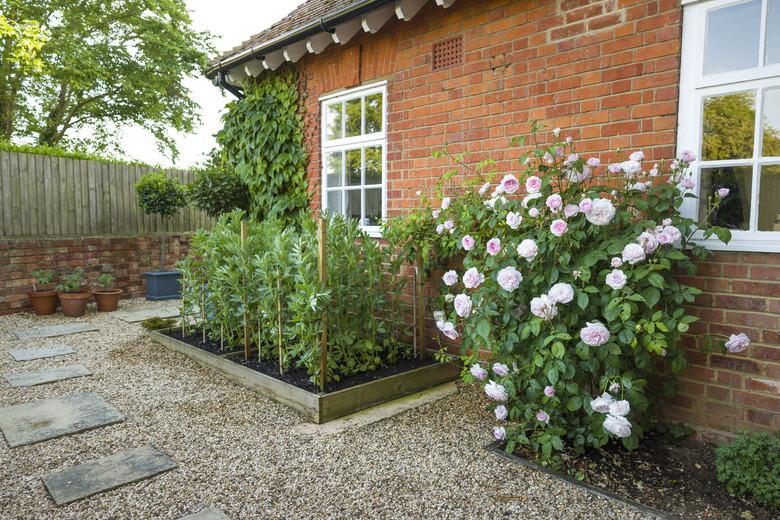How To Convert A Gravel Yard To A Grass Yard
Grass or gravel? It's a bit of a conundrum. Healthy grass backyards are undeniably attractive and pleasant to walk through but they require lots of water and a lot of maintenance that go far beyond mowing. Gravel yards require no water, bear weight nicely (even the weight of a vehicle), and never call your name in the middle of the night.
Some homeowners are moving from grass to gravel, while others dream of reverting to grass. If your choice is gravel to grass, it's just a little more difficult than planting grass on a dirt field.
Gravel or Grass?
Gravel yards have their advantages and disadvantages, and so does turfgrass. While both take some work to install, turfgrass requires regular care. In these times of drought, many homeowners choose drought-tolerant grass that doesn't need daily water, but all grass requires a drink from time to time.
In addition, turfgrass needs maintenance after it is in place. There's regular mowing to be accomplished, plus annual fertilizer, weeding, overseeding bare spots, and dealing with periods of dormancy. But gravel can't replace the natural beauty of turfgrass. Walking over gravel with bare feet is no pleasure, and gravel can throw up dust in the heat of the summer. So if you've decided to switch to grass, who can blame you?
Removal of the Gravel
Switching from a gravel yard to turfgrass is a project that should be undertaken in either spring or fall, depending on your climate and the grass species you wish to grow. But before you sprinkle any seeds, you'll need to undertake critical soil preparation tasks first. These are imperative when converting to lawn to ensure that the soil has enough nutrients for grass growth.
Think of the soil prep in two stages: gravel removal, then soil building. Gravel removal is just what it sounds like. You can use a shovel and a wheelbarrow to haul out the gravel, then rake to get any pieces that fell. Or you can hire a company to come and take it away.
Prepare and Build the Soil
The soil building stage starts with tilling the area. Gravel is heavy and tends to compact the soil. This is especially true if you used the gravel field as a parking area. You can increase soil drainage and loosen compacted soil with a soil aerator. Push a core aerator back and forth across the yard area. Core aerators dig up plugs of dirt 3/4 to 1/2 inch in diameter and 1 to 6 inches deep in the soil. Rake up the plugs of dirt.
Understand that your soil may be infertile. This is because the gravel surface has prevented organic matter from decomposing into the soil. Add nutrients to the soil with starter fertilizer following label directions. Work it into the first 2 to 3 inches of soil and water the area well.
Only then are you ready to spread grass seed or lay the sod. From there, the process mirrors the normal process of putting in a lawn, including regular watering.
